Photo

Chronic Dieting: The Socially Acceptable Eating Disorder
It is so easy these days to hide an eating disorder behind the guise of "healthy living" or a passion for health food and exercise. Actually, most people with eating disorders hide the eating disorders from themselves under the guise of healthy living. Yep! Most people with eating disorders don't even know they have eating disorders until they are way into the disorder.
Forming a healthy relationship with food is so important and so difficult. If you are interested in reading more about our relationship with eating, The Fat Nutritionist is a great resource.
#eating disorder#healthy living#whole 30#paleo#ketogenic#gluten free#dairy free#public health#medicine#harm reduction#therapy#counselling#disordered eating#anorexia#bulimia#binge eating#relationship#food#the fat nutritionist#linda bacon#haes#fat studies#fat acceptance#tess holliday#orthorexia
5 notes
·
View notes
Photo

When Kids Have to Act Like Parents, It Affects Them for Life
“I spent a lot of time babysitting [my siblings] as a teenager and I think it’s been a challenge for me to separate out feeling like I’m a parent to them.”
This has often caused rifts between the siblings into adulthood, Rosenfeld says. “I’ve always been somebody who thinks it’s my job to offer help, care, and advice even when it’s not asked for.”
How does someone learn that becoming self-reliant is safer than trusting others? Nakazawa believes that in destructive parentification, “you don’t have a reliable adult to turn to.” And if a child’s early experiences at home consisted of making sure everyone else’s needs were met, then the “child doesn’t feel seen.
This sense of responsibility and compulsive caretaking can follow them into future relationships as well. “You tend to project it onto other people in your life,” Rosenfeld says. This isn’t surprising, claims Jenny Macfie, an associate director of clinical training at the University of Tennessee and another prominent parentification researcher, as “adults who report role confusion in their childhoods may have difficulty with their identity development,” and this in turn, can affect a person’s romantic relationships.
We’re only beginning to understand the interplay between sibling dynamics, parental neglect, and health outcomes later in life. We need to see more research on prevention and treatment options.
#parentification#ace#childhood trauma#trauma#medicine#nursing#health#health care#psychology#psychiatry#social work#resiliency#resilience#brene brown#adverse childhood events#neglect#health promotion#public health#health syst#child welfare#social worker#therapy#counselling#therapist#sdoh#social determinants of health
60 notes
·
View notes
Photo
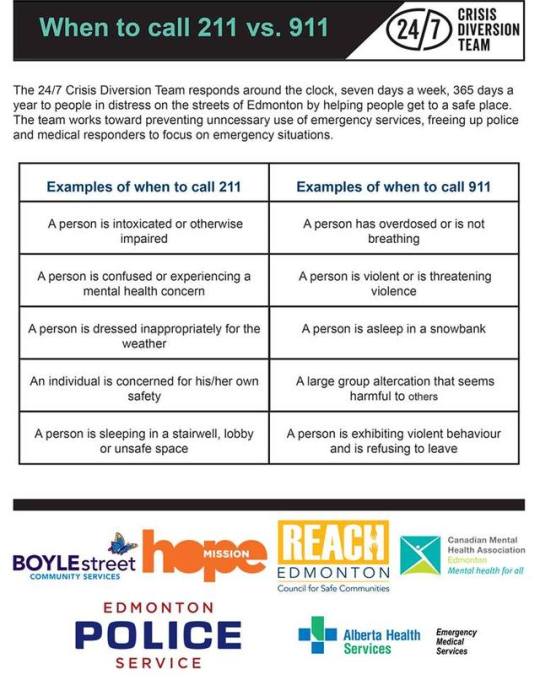
This is a really smart idea - raising awareness of the proper use of 911 is essential in order to reduce wait times for those in need by avoiding unnecessary interventions that do not require first responders.
#crisis#crisis diversion#911#211#when to call#emergency#reduce wait times#public health#health promotion#social marketing#cosimo de medici#nursing#health care#psychiatry#psychology#counsellor#therapist#health#police#fire#ambulance#mental health#fentanyl#fentanyl crisis#opioid crisis#substance use#winter#homelessness#homeless#social work
18 notes
·
View notes
Photo




HeadsUpGuys run men's mental health photo campaign for Men’s Health Week
A group based at UBC is showcasing fine art images and concept photography for Men’s Health Week, with the hopes of encouraging men to reach out and fight depression.
Men are less likely to seek help for mental health issues - let’s break that stigma and model how seeking help makes you no less of a person.
If you feel triggered or need to talk, here is the International List of Crisis Centers.
#mens mental health#mental health#movember#medicine#nursing#health#psychiatry#counselling#therapy#psychology#depression#anxiety#suicide#tw#trigger warning#tw suicide#men's health#men's mental health#self care#help seeking#seek help#crisis#crisis lines#gender#feminism#gender and health
16 notes
·
View notes
Photo

‘The Restaurant Of Order Mistakes’ Employs Waiters With Dementia, And You Never Know What You’re Getting
The premise of the pop-up restaurant, which was in a trial period from June 2 – June 4, 2017, was that the staff who have dementia may get your order wrong. But if you go in knowing this upfront, it changes your perception about those who suffer from brain disease. The experience makes you realize that with a little bit of understanding on our part dementia patients can be functioning members of society.
Food blogger Mizuho Kudo visited The Restaurant of Order Mistakes and had a blast. She originally ordered a hamburger but ended up having gyoza dumplings instead, but everything turned out to be unexpectedly delicious. Kudo also claimed that the waiters were full of smiles and seemed to be having tons of fun.
It’s great to see people with dementia living full lives and contributing to their communities!
#dementia#alzheimers#mental health#memory#psychology#psychiatry#neurology#medicine#nursing#health care#medblr#nurblr#restaurant#food#public health#health promoti#creativity
27 notes
·
View notes
Photo
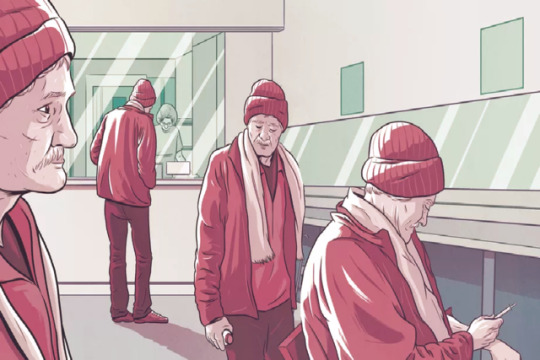
The Case for Prescription Heroin
The idea is this: If some people are going to use heroin no matter what, it’s better to give them a safe source of the stuff and a safe place to inject it, rather than letting them pick it up on the street — laced with who knows what — and possibly overdose without medical supervision. Patients can not only avoid death by overdose but otherwise go about their lives without stealing or committing other crimes to obtain heroin.
And it isn’t some wild-eyed theory; the scientific research almost unanimously backs it up, and Crosstown’s own experience shows it can make a difference in drug users’ lives.
Three cheers for harm reduction!
#harm reduction#public health#health promotion#health care#vancouver#opioid#opioid epidemic#heroin#medicine#nursing#street nursing#street nurse#health#md#rn#medblr#nurblr#social justice#inclusion#stigma#substance use#addiction#idu
8 notes
·
View notes
Photo
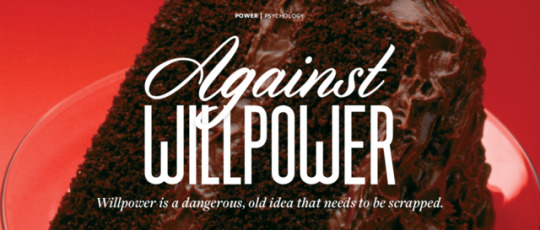
Against Willpower
Notions of willpower are easily stigmatizing: It becomes OK to dismantle social safety nets if poverty is a problem of financial discipline, or if health is one of personal discipline. An extreme example is the punitive approach of our endless drug war, which dismisses substance use problems as primarily the result of individual choices.
Such a fantastic read on a topic that permeates our health and social systems.
#willpower#against willpower#carl erik fisher#substance use#harm reduction#psychology#counselling#medicine#nursing#health#health care#public health#medblr#nurblr#health promotion#medical sociology#medical anthropology#required reading#articles#news#read this#read#likelyhealthy#med#med school#decision making#decisions#efficacy#self efficacy#self control
5 notes
·
View notes
Text
Such an important read. Can’t recommend enough.
On being a fat medical student, at the start of our metabolism module
We’re starting our “metabolism” module at med school this week, and I’m dreading it with every fibre of my being. You see, I am going to be a doctor, and I am fat.
I’m not the type of fat you feel after you’ve had a big lunch, and your usually flat belly is protesting against the waistband of your jeans. I’m the real kind. My BMI hovers a couple of points below “morbidly obese”.
I worry a lot about what people will think of me as a fat doctor. For the smartarses among you, of course I’ve tried to be non-fat, it goes without saying. The thing is though, bodies don’t really like weighing less all of a sudden and are pretty good at reversing things in the long run. Mostly my body settles back to the same size 18 shape eventually.
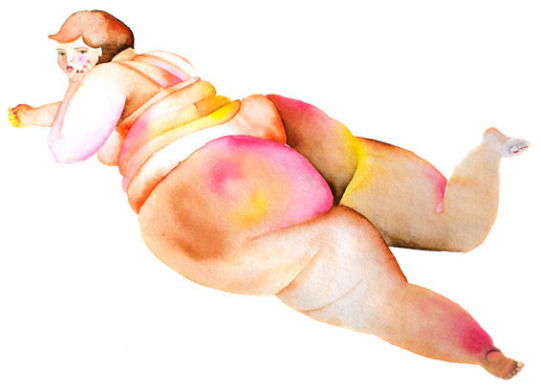
I am always aware of my fatness, but perhaps more so here at medical school. We are training to work with bodies, and mine is a type of body we warn our patients not to have. It is the first thing described in every list of ‘modifiable risk factors’. A colleague suggests “just don’t let yourself get too fat” as we talk about preventing a certain type of cancer. A final exam question asks us to list four poor health outcomes associated with obesity. I sit through lectures with slides that have sniggering titles like “how BIG is the problem?”
Keep reading
#lose hate not weight#fat acceptance#fat#fat phobia#sizeism#nutrition#rd#registered dietician#dietetics#metabolism#medicine#nursing#medblr#nurblr#health at every size#haes#linda bacon#marilynn wann#required reading#reading#the library is open#public health#health promotion#social work#medical school#med school#indoctrination#medical sociology#medical anthropology#obesity
5K notes
·
View notes
Video
youtube
Unlocked is a video produced by Joss Whedon (of Buffy the Vampire Slayer) in support of Planned Parenthood.
#standwithpp#planned parenthood#joss whedon#buffy#buffy the vampire slayer#reproductive health#sexual health#women's health#trans health#birth control#the pill#iud#contraception#abortion#health care#health equity#access#health#medicine#nursing#nurse#rn#md#public health#health promotion#cancer screening#primary care#family medicine#family physician
3 notes
·
View notes
Photo
This is pure genius.

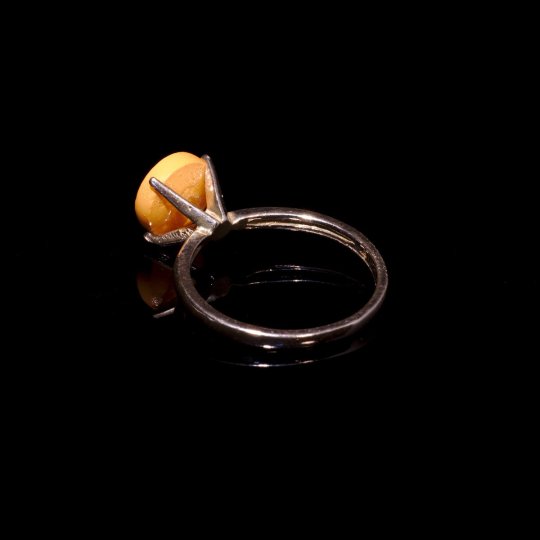

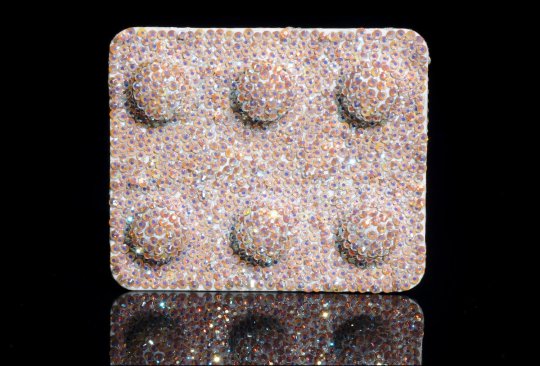



Judith G. Klausner: Coming Out of the Medicine Cabinet, 2013-2014
My Amp Goes To 11: Twitter | Instagram
33K notes
·
View notes
Photo

My patient was in pain. I didn’t know whether to believe him
For the first time during his hospital stay, his pain became real to me, and I realized I had wronged my patient by not taking his complaints more seriously. We gave him an opioid for his pain, and, slowly, the pain in his finger improved.
We’re taught in medical school not to undertreat pain, yet we do it too often in our zeal to not promote addiction. But many people who misuse opioids started out seeking pain treatment. We’re not doing enough, but what more can we do?
Don’t get me wrong. We absolutely need to continue to ask questions. We need to be more responsible when we prescribe these powerful drugs. And, yes, we need to remain vigilant for any signs of drug-seeking behavior.
That said, we have to be a little more trusting of our patients when it comes to their pain. Getting better control of their pain may help them recover faster and stay healthier longer.
With the opioid overdose epidemic, there is a palpable resurgence of very conservative pain management. We need to recognize that some people need opioids for pain management. Ultimately, substance use disorders and overdose are largely driven by disconnection, trauma, and stigma surrounding drug use, not the drugs themselves. Let’s evaulate and change the environments within which people are using drugs (i.e. address the social determinants of health, including employment, education, housing, and income). Limiting the conversation to restricting people’s access to medications obstructs a larger conversation on how our environments shape health behaviours.
#pain management#opioids#overdose#fentanyl#carfentanil#opioid#medicine#nursing#psychiatry#psychology#therapy#counselling#addiction#substance use#substanbce#psych#psych nurse#nurblr#medblr#public health#epidemiology#health promotion#health care#health#pain#living with pain#chronic pain#fm#fibromyalgia#arthritis
3 notes
·
View notes
Photo
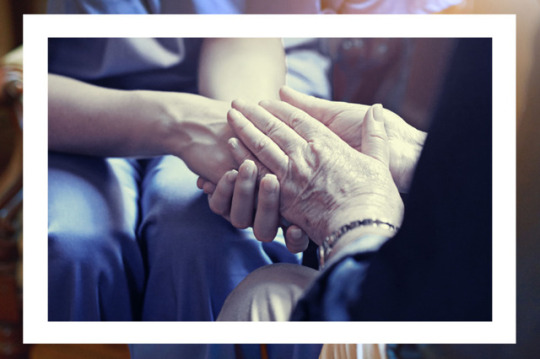
The Nurse Who Admits Patients to Hospice Care
“Hospice is not about dying. It is about living the remainder of your life how you want to. Not how I want you to, not how your husband, wife, daughters, or sons want you to, and not how the doctor wants you to, but how you want to.”
Sometimes, the way we frame something makes all the difference.
#hospice#nursing#medicine#health#end of life#autonomy#independence#nurblr#medblr#public health#health promotion#dying#death#grief#caring#care#support#how to deal with death#passing away#nurse#doctor#funeral#palliative#palliative care#palliation#comfort care#comfort#pain management#pain reduction
2 notes
·
View notes
Photo
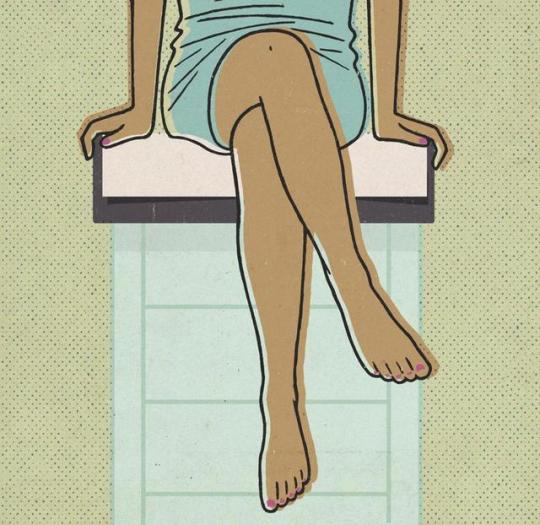
Trauma-Informed Pelvic Exams
For patients with a history of sexual trauma, pelvic exams may trigger PTSD symptoms. The techniques of trauma-informed care can lead to an easier exam.
Studies show that trauma survivors want providers to ask about sexual trauma before the exam (that is, while the patient is clothed and seated). During the exam, patients prefer that the clinician listens, anticipates each step of the procedure, and affirms the patient’s control over the exam. For example, giving women the option of self-inserting the speculum has been shown to lower patients’ anxiety and pain.
Clinicians should use the following patient-centered techniques to lower patients’ anxiety:
Establish rapport before the exam. In some cases, this means doing the exam at a separate visit.
Invite the patient to suggest measures that will make her more comfortable with the exam.
Allow a support person to accompany the patient during the exam.
Allow the patient to choose a female examiner if she prefers this.
Before starting, inform the patient that the exam will stop if she feels uncomfortable. Assure her that she has control over the pace.
Tell the patient about each step of the exam right before it happens.
Keep the patient’s body covered, exposing only the areas being examined.
Encourage the patient to breathe abdominally in order to relax her pelvic floor muscles.
Rest the unopened speculum against the patient’s vagina so that she can get used to the sensation before the speculum is inserted and opened.
Use the smallest possible speculum.
Use lubricant.
Offer self-insertion of the speculum.
Offer frog-leg positioning without stirrups. Call stirrups “foot rests.”
If the patient does not want to continue the exam, the clinician should stop, inquire about the patient’s needs, and proceed only when the patient is ready.
This is how all exams should be performed - we never know who has experienced trauma.
#pelvic exam#pap smear#internal exam#sexual health#reproductive health#reproductive justice#bodily integrity#trauma informed care#medicine#nursing#nurblr#medblr#trauma#childhood trauma#sexual trauma#bessel van der kolk#speculum#feminism#intersectionality#social justice#sj#public health#health promotion#healthy living#universal health care#this changed my practice
8 notes
·
View notes
Photo

Why do Canada’s medical schools avoid the subject of abortion?
Because there is no standardized curriculum for any medical discipline, by the mid-2000s, only half of Canada’s 17 medical schools offered some discussion about first-trimester surgical-abortion techniques. A recent study published in the journal Contraception found that in a third of schools, abortion isn’t raised in mandatory lectures at all.
This is appalling. Canadians seeking abortion deserve so much better. This is a procedure that a third of women under 45 have accessed.
#abortion#reproductive rights#reproductive health#sexual health#feminism#pro choice#pro#katha pollitt#jessica valenti#medicine#medical school#medblr#public health#health promotion#health#health care#women's health#macleans#contraception#planned parenthood#standwithpp#sti#sti/bbp#bbp#nursing#nurse#nurseblr#nurblr
4 notes
·
View notes
Photo

Sex Worker Centered Guide for Health/Wellness Professionals
Click here to download the PDF to read
#sex work#sex worker#decriminalize sex work#whorephobia#whorephobic#sex work legalization#legalization#decriminalization#client#john#best practices#sex worker rights#clinical guidelines#social determinants of health
4 notes
·
View notes
Photo
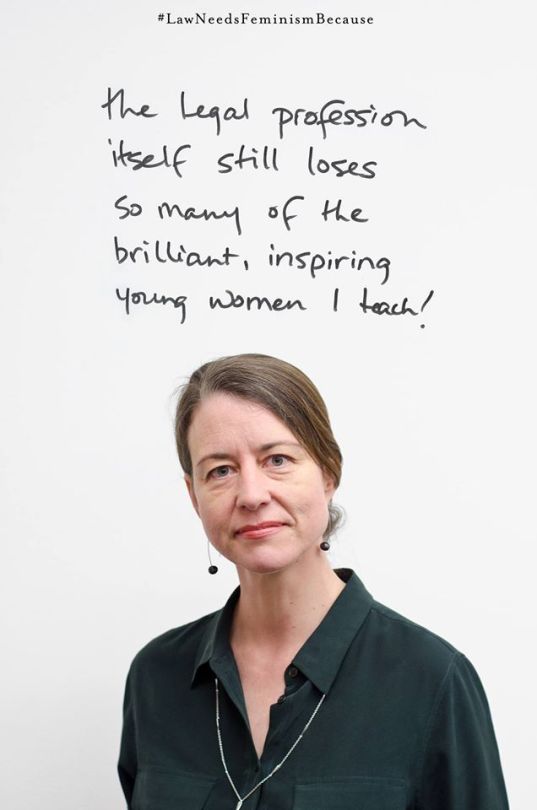

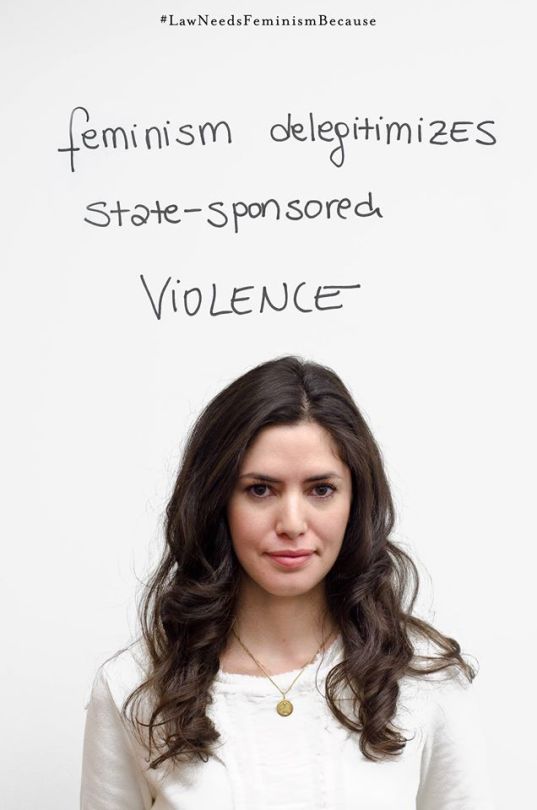







#LawNeedsFeminismBecause the law impacts our health.
This project is out of the University of British Columbia.
#lawneedsfeminismbecause#law#equity#equality#international women's day#legal profession#gender#discrimination#gender discrimination#women#social determinants of health#sdoh#intersectionality#social justice#feminism#lawblr#lawyer#justice#ubc#allard school of law
5 notes
·
View notes
Link
It's so accurate, it can't be WebMD at all.
Overview
White guilt is a sudden-onset disease that can affect the brain’s empathy centers (leading patients to process nothing from other people’s perspectives), the frontal lobe (patients may purchase a thousand-dollar safety pin), and sight (patients are often unable to see color).
Effects vary based on several factors, such as the number of “Atlanta” episodes watched and the number of “Gilmore Girls” mugs owned.
Some patients display mild symptoms (righteous-anger-induced indigestion on Thanksgiving; over-pronouncing Mindy Kaling’s name; insistent misuse of the word “intersectional”). Treatment for these symptoms can be purchased over the counter.
More severe cases can involve cognitive-dissonance-induced seizures when faced with, for example, a really good “Inside Amy Schumer” sketch. Treatment in such instances is still highly experimental, except for Catholic patients, who may be comforted by self-flagellation.
Symptoms and Signs
White guilt is a degenerative neurological disease that attacks the cerebral cortex. It can start during early childhood, when an individual’s racist aunt comes over and asks what the individual’s Asian friend is doing in the house, whereupon the individual’s already afflicted mother decides to include the friend in the family’s country-club membership package.
Early symptoms often present during discussion circles at a patient’s first elementary-school Diversity Day, and grow in intensity with the introduction to activities such as yoga, listening to rap music, and pointing out that “we all come from Africa.”
The ensuing damage makes it difficult to perform simple brain functions such as “listening” and “not talking.”
Later in life, advanced symptoms may include:
Hypersensitive awareness of both number and type of friends of color
Affirmative-action dating
Having a lot of opinions about “La La Land”
Asking, “When did America get so racist?”
Thanking police officers at protests
Dissociation when finding out that Alexander Hamilton had slaves
Dissociation when finding out that Thomas Jefferson had slaves
Dissociation when finding out about history from 1492-???
Live-texting brown friends while watching “Master of None”
Nausea
Currently, a new strain of white guilt is spreading among “Lion” ticket holders. Its symptoms are easy to detect, as sufferers tend to declare, “I want to adopt that boy with Dev Patel” during the Golden Globes or similar events.
Diagnosis
Often, the diagnosis comes too late, or is ignored, due to the strong sense of denial that is a hallmark of the condition. In some cases, informal diagnoses arrive in time for treatment to be significant, and are most often delivered by adjacent people of color, a Middlebury sociology professor, or this one BuzzFeed quiz that honestly nails it.
There is no single test that provides a conclusive diagnosis of white guilt, but a combination of the following tests can be informative:
A speech-pattern assessment of how often the patient declares himself or herself to be “just super empathetic”
Pulse rate at mention of the stat that “fifty-three per cent of white women voted for Trump”
Treatment
Unfortunately, given the existence of Steve Bannon, white guilt is at an all-time high, and doctors are still in search of a cure. Temporary relief, however, can be found through the following treatments:
Shock therapy, including playing tapes on loudspeaker of patient’s conversations with friends of color
Forcibly restraining patient from taking selfies while reading “The New Jim Crow”
Distracting patient with a new Adele album before he or she can send an e-mail to Margaret Cho
Failed treatments include:
Executive-producing “Twelve Years a Slave”
Asking the black host of PBS’s “Finding Your Roots” to cover up your family’s history of slave ownership
Ayahuasca
Being Rachel Dolezal
Outlook for White Guilt
Known cures for a related illness, white feminism—which affects HBO subscribers everywhere—could prove applicable to white-guilt sufferers, pending further study. These treatments, modelled after a liberal-arts-college lecture format, are delivered to patients exclusively via podcast and Audible, in the gentle, soothing voice of Solange Knowles.
Note: White-guilt treatments are not currently covered by the Affordable Care Act, but they are covered by Obamacare.
#white guilt#healthcare#webmd#medicine#nursing#health#racism#microaggressions#intersectionality#feminism
60 notes
·
View notes